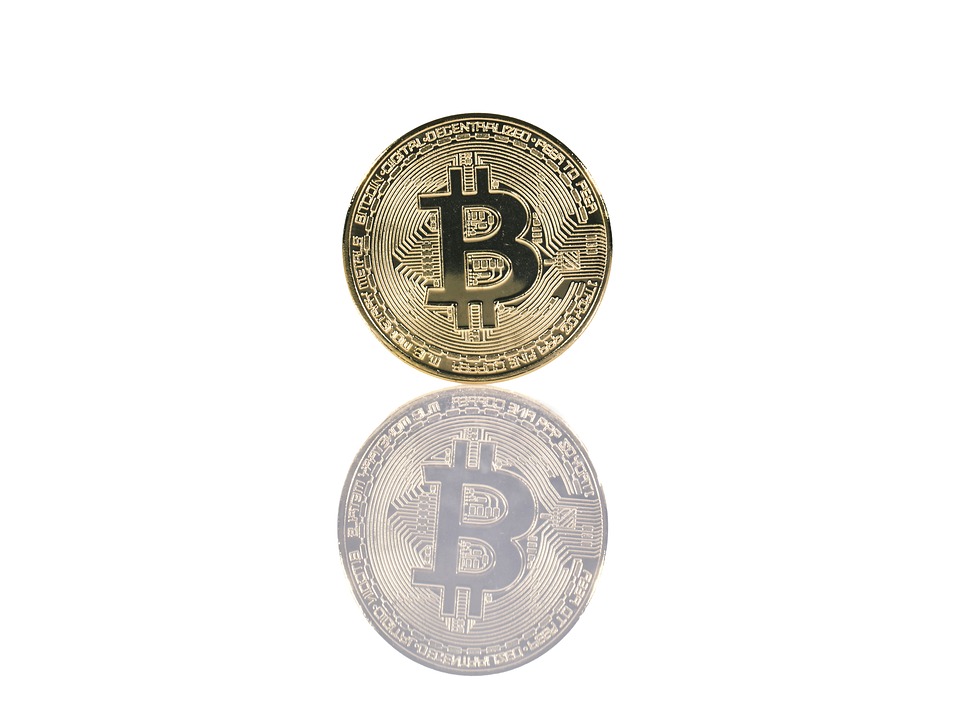Cryptocurrency mining has evolved into a lucrative yet complex venture over the years. Initially seen as a hobby for tech enthusiasts, it has turned into a substantial business attracting both small-time miners and large mining farms. If you’re considering diving into this realm, setting up your own cryptocurrency mining rig can be an exciting project. This article will guide you through the essentials of building your own mining rig, making it easier to understand how to get started in this booming industry.
Understanding Cryptocurrency Mining
Before diving into the setup process, it’s crucial to understand what mining is. Cryptocurrency mining is the process through which transactions are verified and added to a blockchain ledger. Miners use computer hardware to solve complex mathematical problems that validate these transactions. In return for their work, miners are rewarded with cryptocurrency.
The most popular cryptocurrencies to mine include Bitcoin (BTC), Ethereum (ETH), and Litecoin (LTC). However, each has different requirements and rewards, so choosing the right coin to mine is key.
Step 1: Choose Your Cryptocurrency
Before you set up your mining rig, decide which cryptocurrency you want to mine. Bitcoin mining has become highly competitive and typically requires specialized hardware known as ASICs (Application-Specific Integrated Circuits). On the other hand, Ethereum and alternatives like Monero or Ravencoin can be mined using GPUs (Graphics Processing Units), which are more accessible for individual miners.
Step 2: Gather Your Hardware
Once you’ve selected the cryptocurrency, you’ll need to gather the necessary hardware. Here’s a list of the components typically needed for a basic GPU mining rig:
-
Graphics Card (GPU): The most critical component for mining altcoins like Ethereum. Invest in high-performance GPUs known for their mining efficiency, such as the NVIDIA RTX 30 series or AMD Radeon RX series.
-
Motherboard: A good motherboard will support multiple GPUs (if you plan to scale up). Look for motherboards specifically designed for mining that can accommodate several graphics cards.
-
CPU: While mining heavily relies on GPUs, you also need a central processing unit (CPU). Most entry-level CPUs will suffice for mining operations.
-
RAM: A minimum of 4GB of RAM is recommended, though 8GB is often ideal for performance.
-
Power Supply Unit (PSU): Ensure that your PSU can handle the power requirements of your GPUs. A PSU with a higher wattage rating and multiple connectors will ensure stability across your setup.
-
Storage: A solid-state drive (SSD) with at least 120GB will be sufficient for operating systems and mining software.
-
Cooling System: Ensure efficient cooling for your mining rig. Use case fans or even a dedicated cooling system if necessary, as mining generates considerable heat.
- Mining Frame: You can either buy a premade mining frame or build one yourself using materials like metal or wood to secure your components.
Step 3: Software Installation
After assembling your hardware, you will need to install the appropriate software. The software required will depend on the cryptocurrency you are mining.
-
Operating System: Windows or Linux (like Ubuntu) are popular choices for a mining rig. Many miners choose Linux for its performance and resource management, but Windows is user-friendly and supports most mining applications.
-
Mining Software: Based on your chosen cryptocurrency, select mining software like Ethminer (for Ethereum), CGMiner, or NiceHash. Follow the installation instructions provided by the software developers to ensure proper configuration.
- Wallet: Set up a cryptocurrency wallet to store your earnings securely. There are various types of wallets, including hardware wallets (for added security), software wallets, and even exchange wallets.
Step 4: Join a Mining Pool
While it is possible to mine solo, it can be incredibly challenging, especially for beginners. By joining a mining pool, you collaborate with other miners, improving the chance of earning rewards. Most pools charge a small fee but distribute the mining rewards proportionally based on individual contributions, lowering variance in earning rewards.
Step 5: Start Mining!
Once your rig is set up, the software configured, and you’re part of a mining pool, you’re ready to start mining! Monitor your system’s performance and temperature levels to avoid overheating. Consider using additional software tools for tracking your rig’s performance, hashing rates, and rewards.
Final Thoughts
Setting up your cryptocurrency mining rig may seem daunting initially, but with a methodical approach, it can be a rewarding—and even profitable—experience. Always remember the importance of staying informed about market trends and technological developments in the crypto space, as this will help you adapt to changing mining conditions.
Mining cryptocurrency can serve as an introduction to the vast world of blockchain technology, sparking further interest and exploration. Happy mining!




